Kanazawa at the Westcoast behind the Japanese Alps might not be a city you heard of before but this city with roughly half a million inhabitants was once the capital of the richest region of Japan through rice plantations. This allowed the city to build up its famous culture with its geisha and samurai districts as well as the castle and its surrounding gardens. As I learned from my extremely knowledgeable hostel owner, the head of the clan which controlled Kanazawa lived by the motto that “second in line is best for the clan and the city” thus he never aspired to become the ruler of whole Japan but stayed at the second spot while all the other clans constantly fought wars about the ruling position. As a result it was possible for his clan to rule Kanazawa over several generations.
The samurai district in Kanazawa offers the possibility to enter several different, preserved houses from the time when the Samurai were the noble man of the city. With its beautiful private gardens and simplistic interior it gives a good impression of how people lived back then. Surprisingly a lot of “modern” places I’ve seen in Japan still live rather simplistic so maybe not that much has changed in that sense after all.
The best samurai house to visit is the Nomura Samurai House in the Naga-machi Buke Yashiki District. There you not only learn about the history but you also get to see an original samurai outfit and weaponry.
In Kanazawa I stayed at a beautiful small hostel called Pongyi. If you ever get to Kanazawa you HAVE to stay there. It might be small and it might not have the same facilities like lots of modern hostels but you get so much more out of your trip. Pongyi only has space for 10 people and is run by two extremely knowledgeable, friendly and welcoming people. The rooms are placed in a rebuild attached stable and the common rooms are placed in an old rebuild Kimono store. I stayed there 3 nights and it really felt like staying at a real Japanese family. You are always seated on the floor, the owner Masaki learns you Japanese culture and manners and Maru gives classes about Japanese culture every evening.
So the first night I learned how to do a crane in Origami, the second night we had a Japanese calligraphy class which turned out to be so much harder than I ever anticipated (see my try on the picture below) and the last night we first had a traditional tea ceremony (there are so many rules to consider about how to drink tea – 3 gulps – how to hold the mug – always with the nice side pointing towards your opponent). As a special we also had a long discussion about do’s and don’t’s with chopsticks – did you know that you are not allowed to point at things with your sticks, that you are not allowed to share food via chopsticks, that there is a special way on how to place your sticks ones used so that it doesn’t touch the table, that there is a special way on how to break “one-usable” chopsticks?
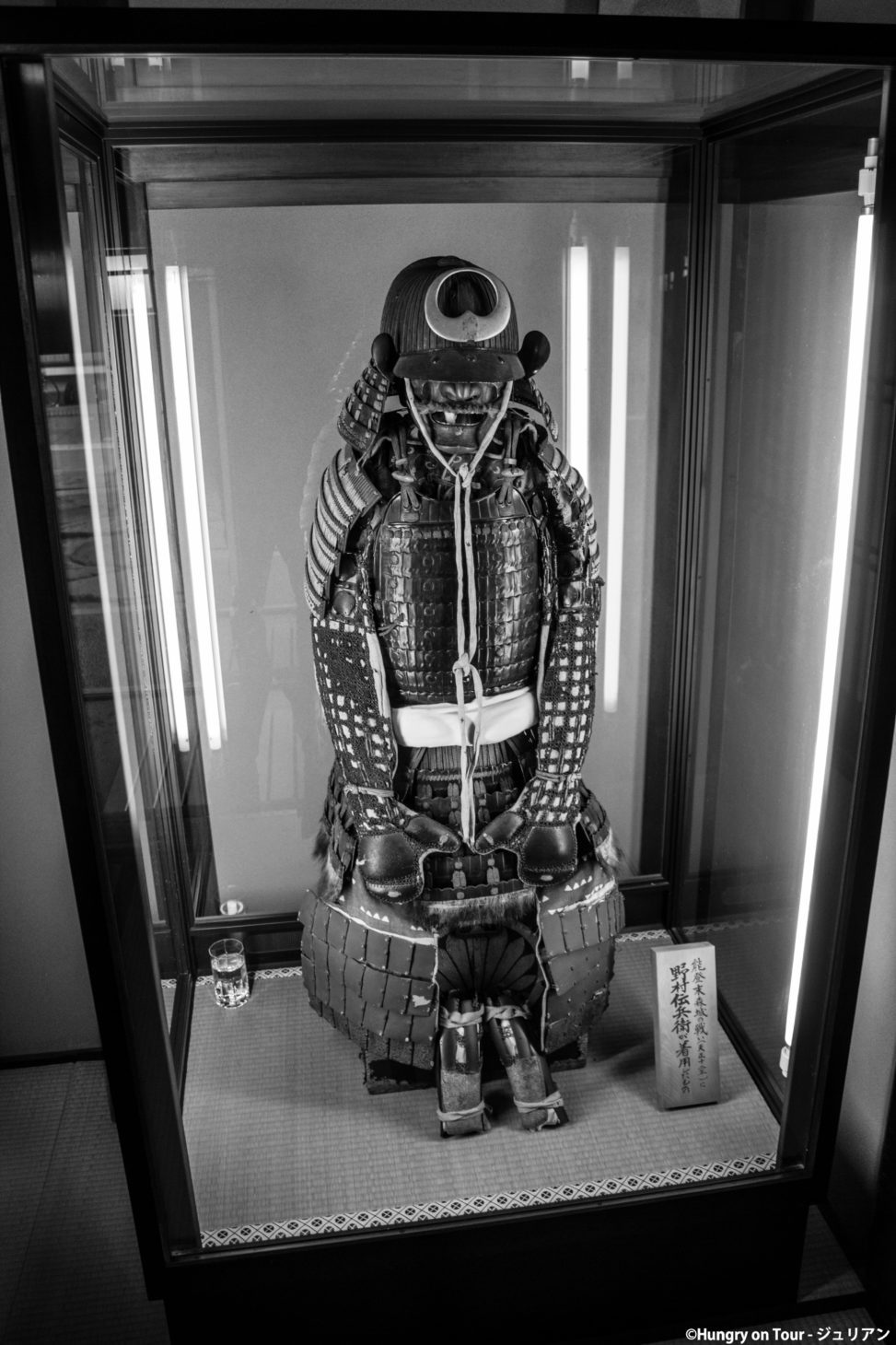
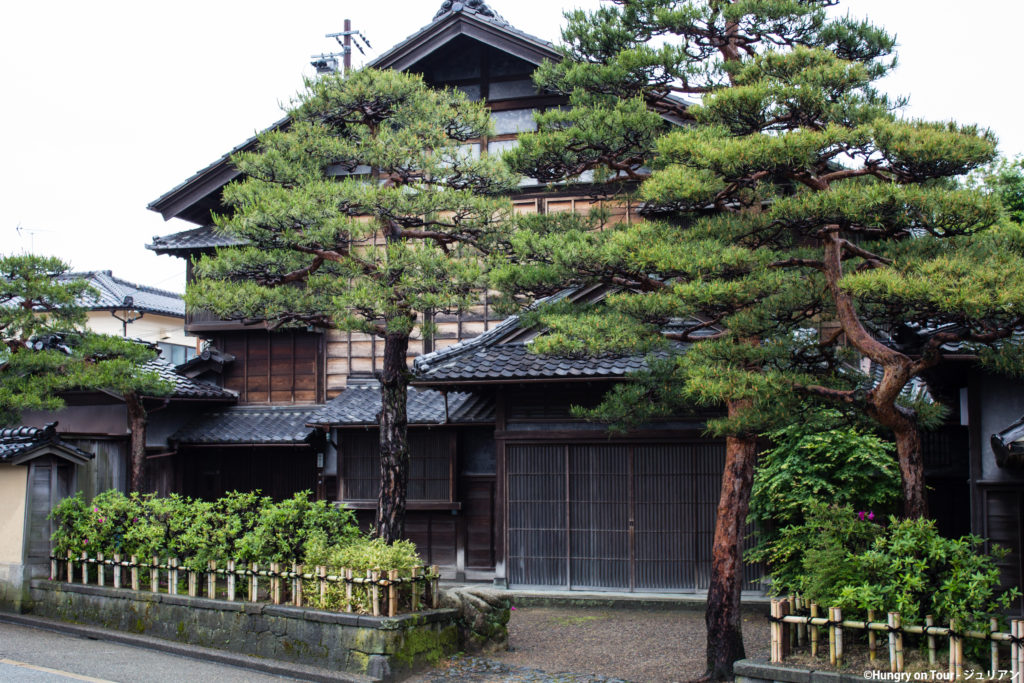
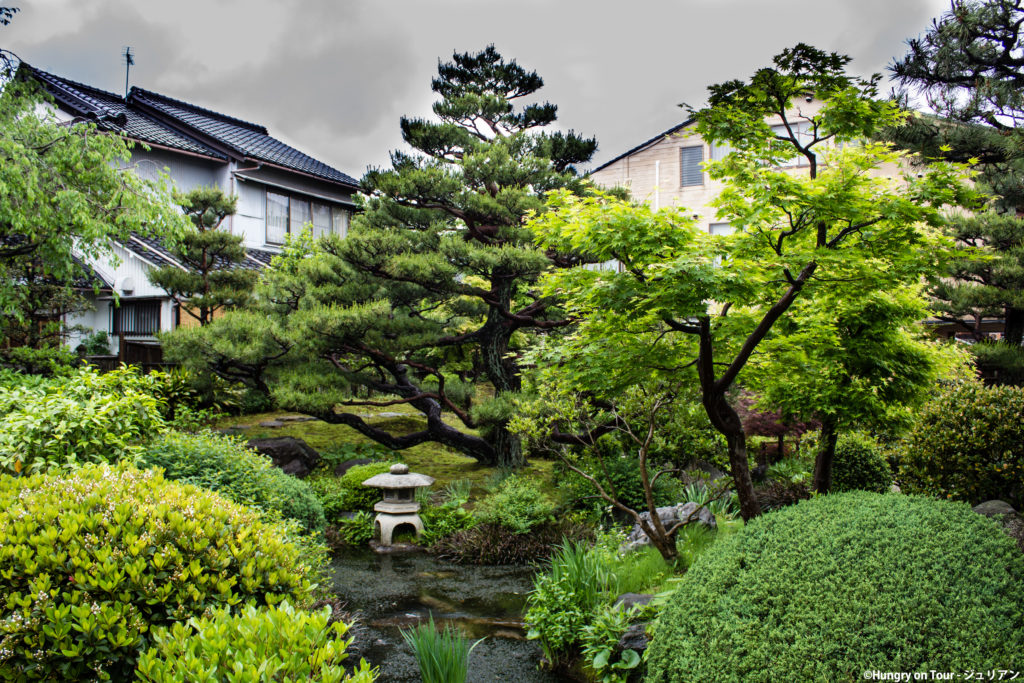
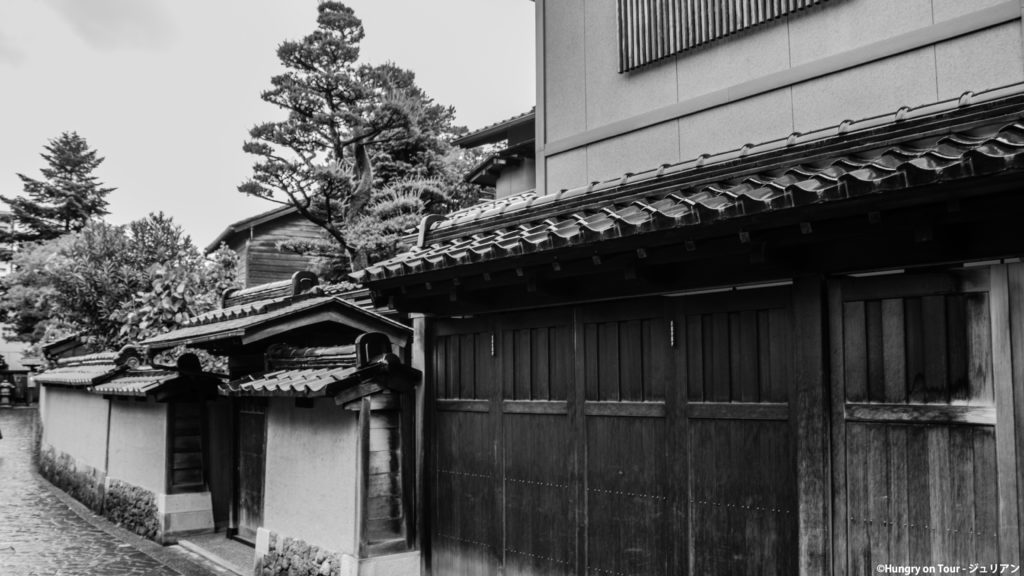
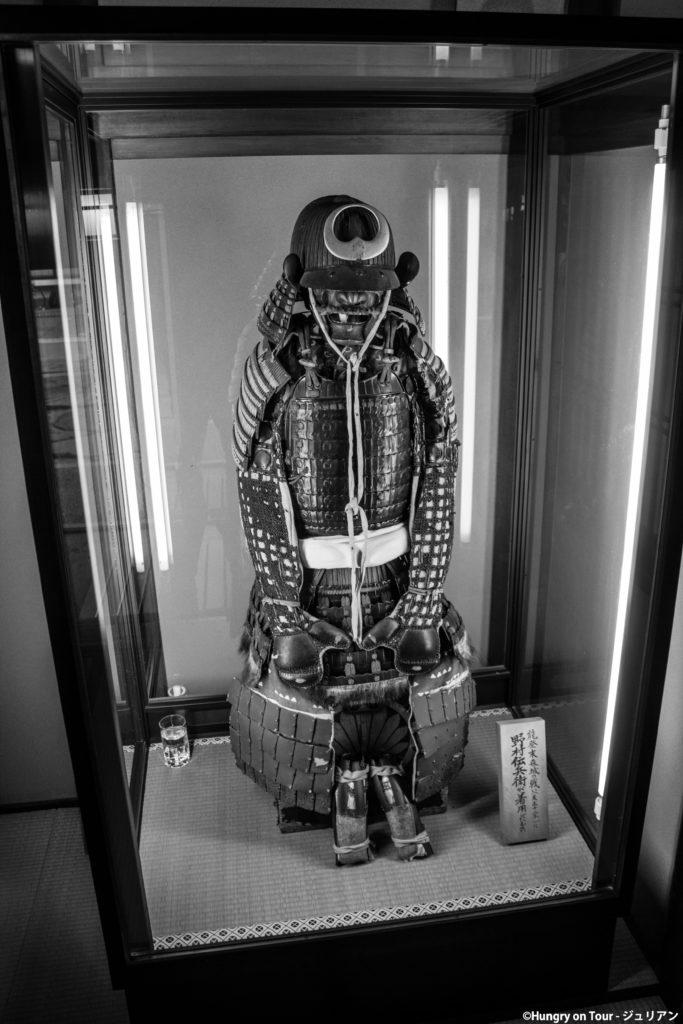
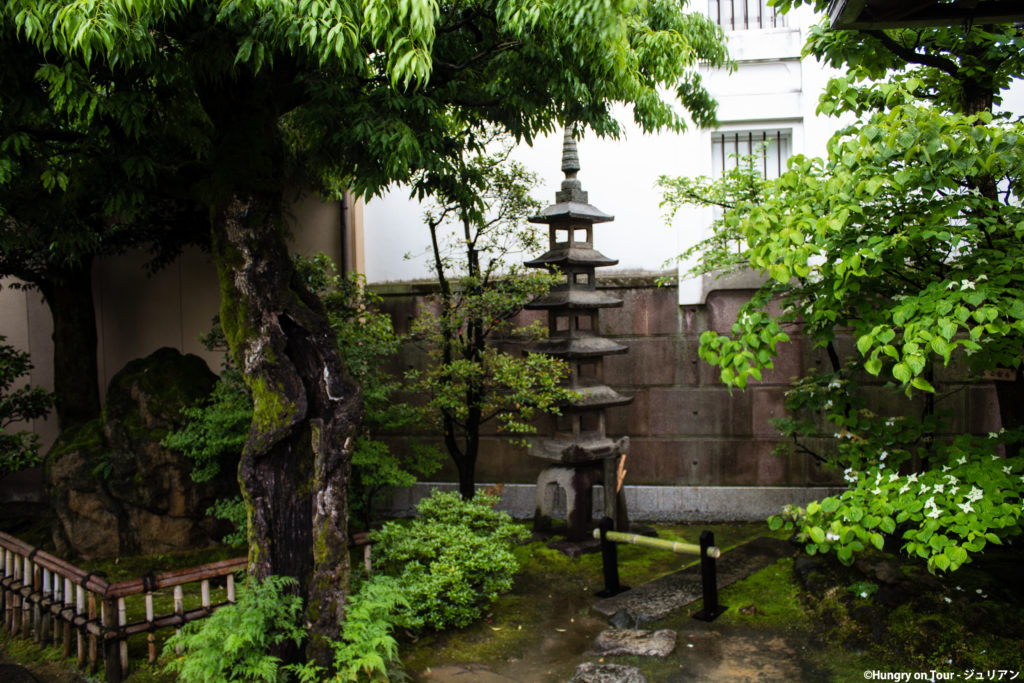

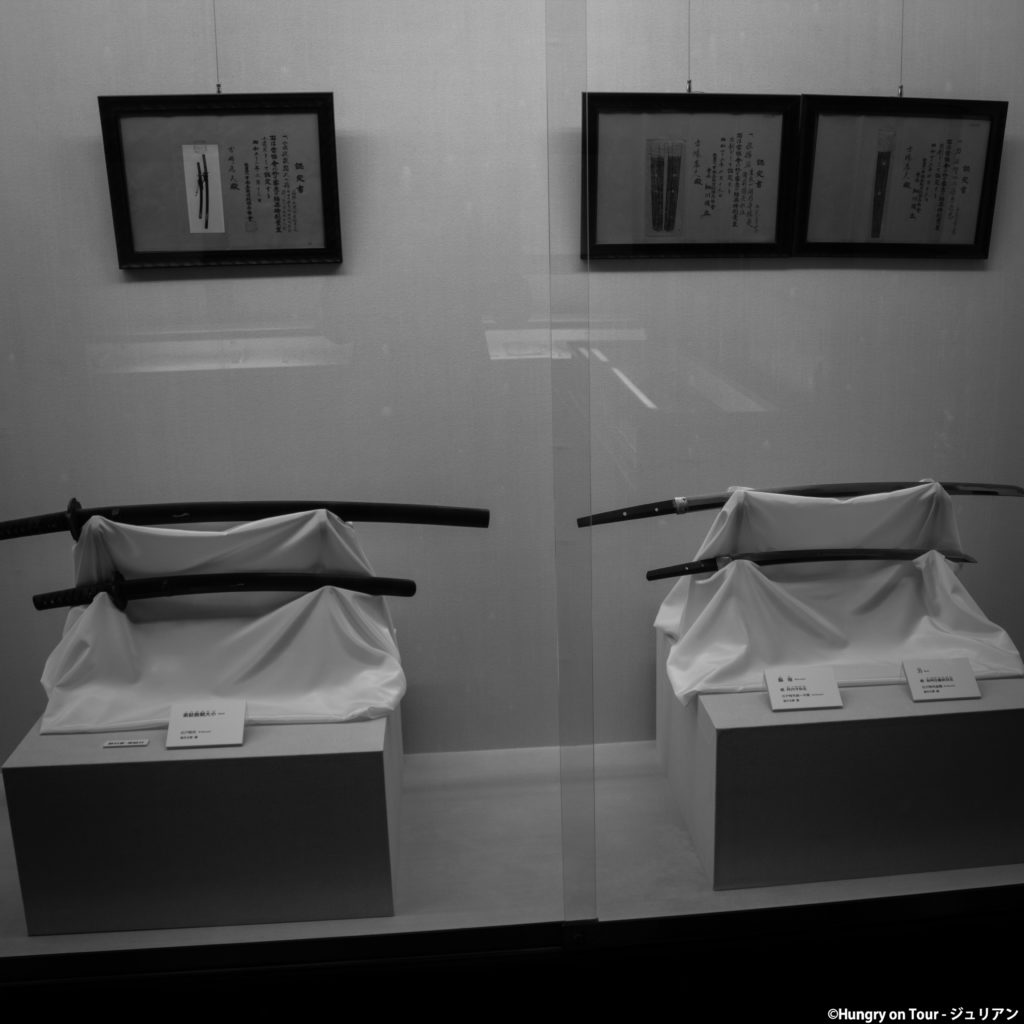
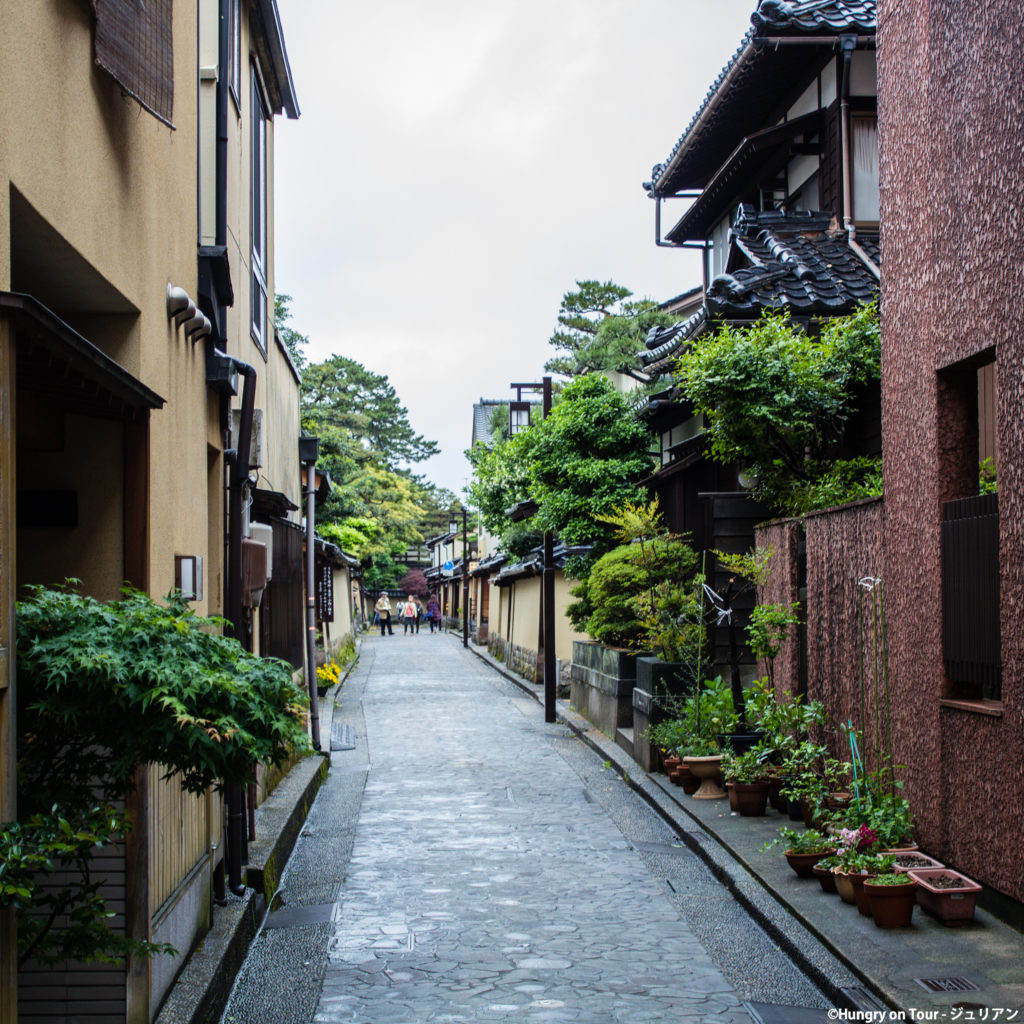
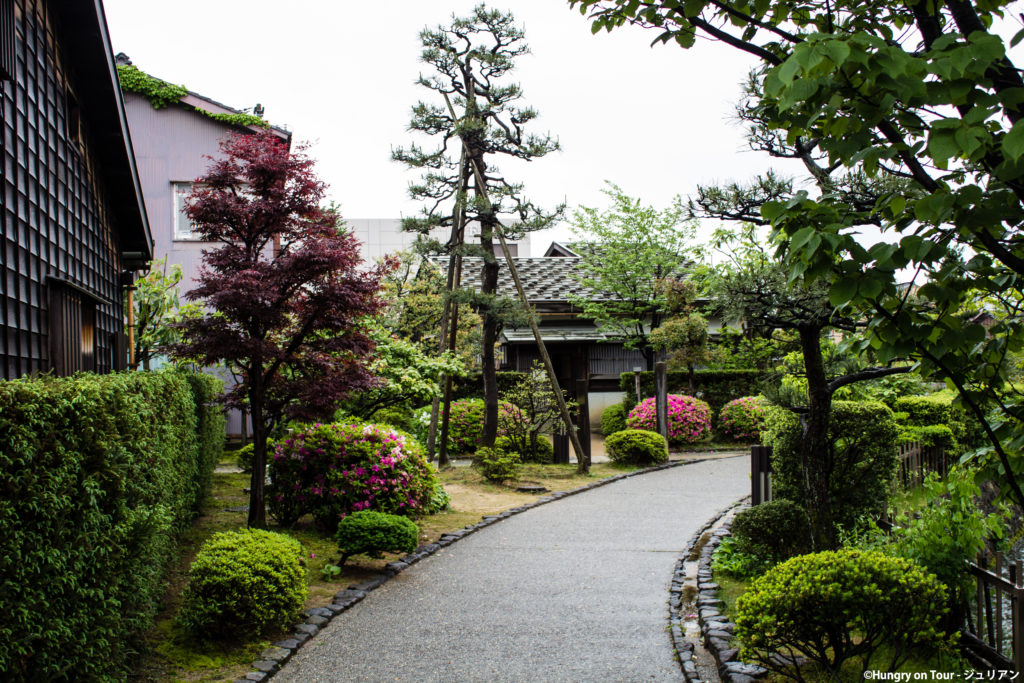

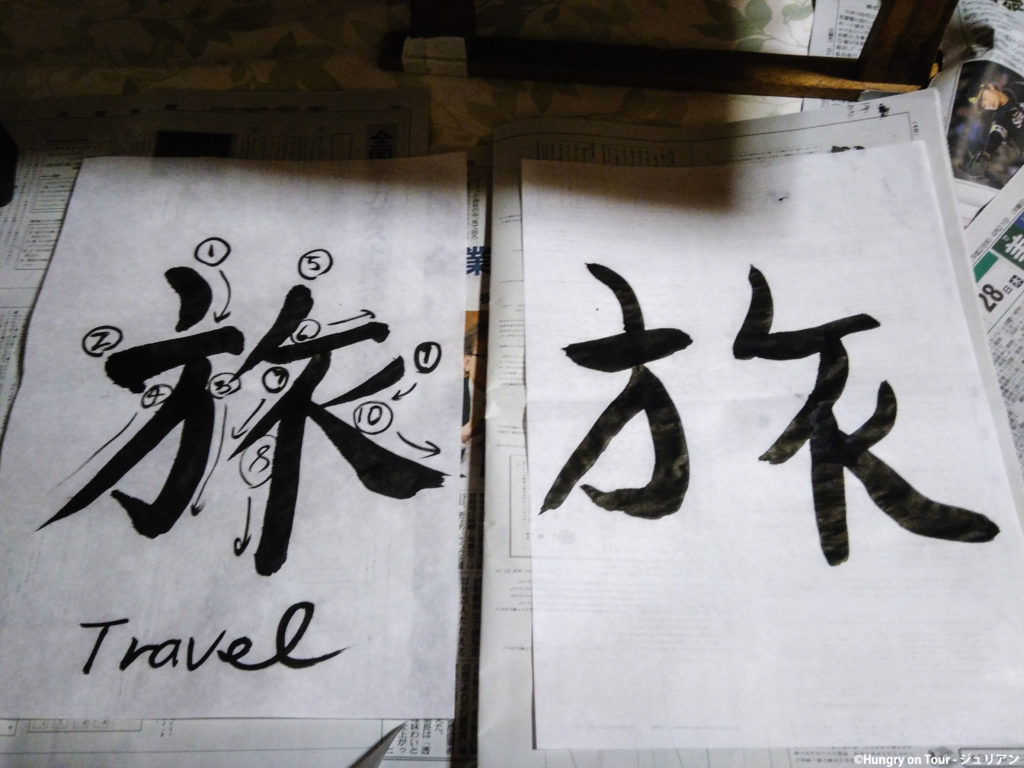
Leave a Reply